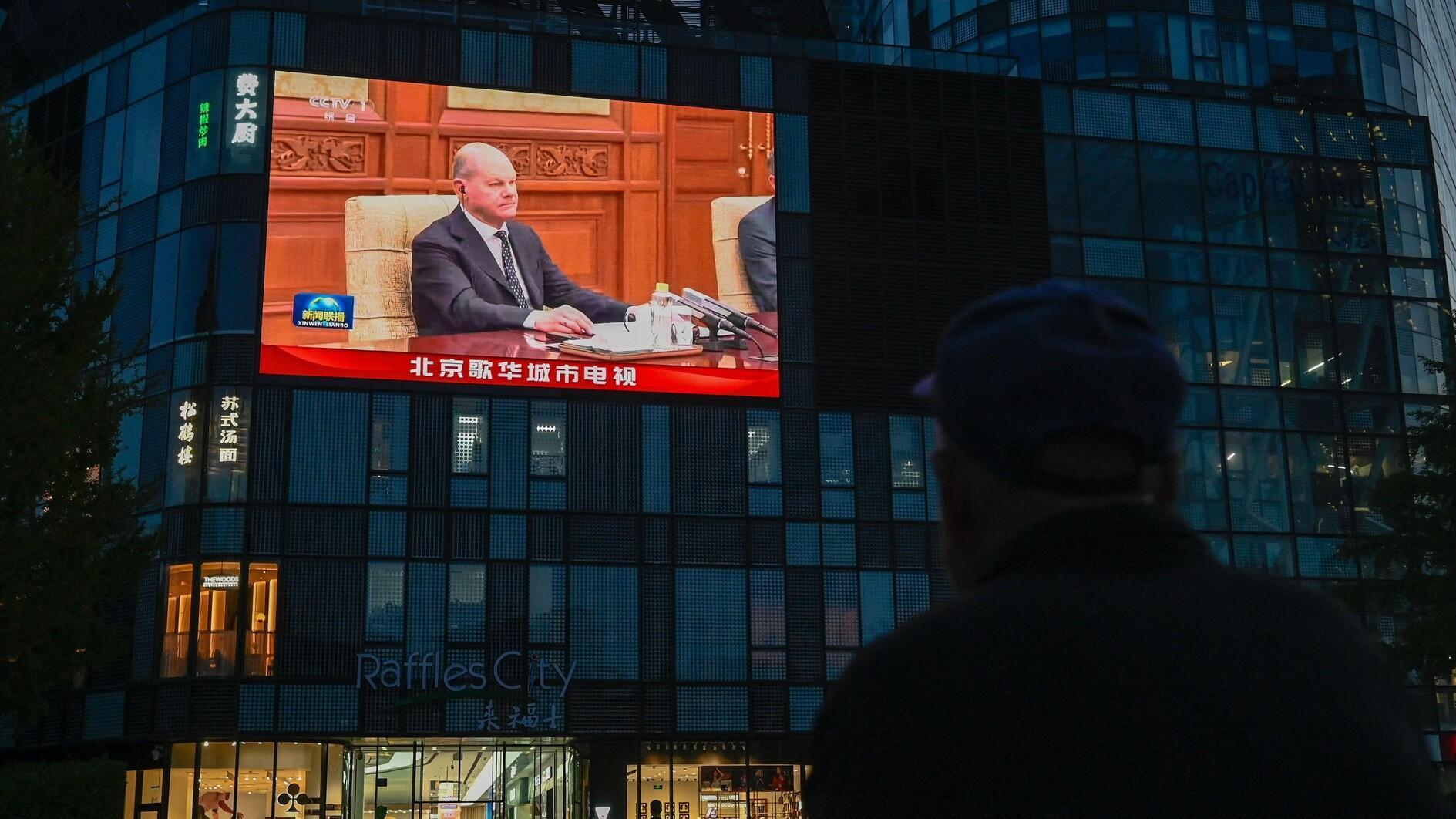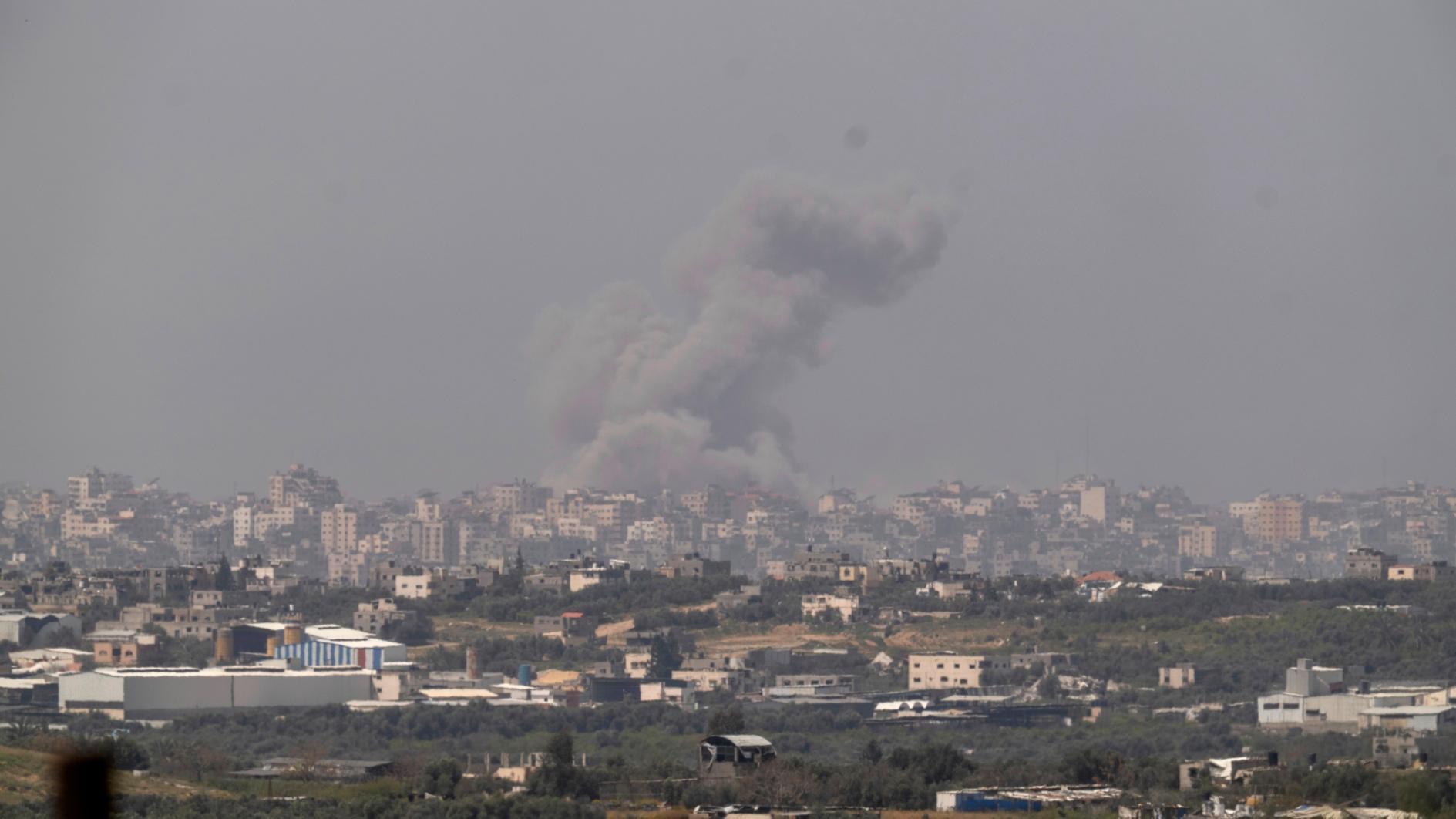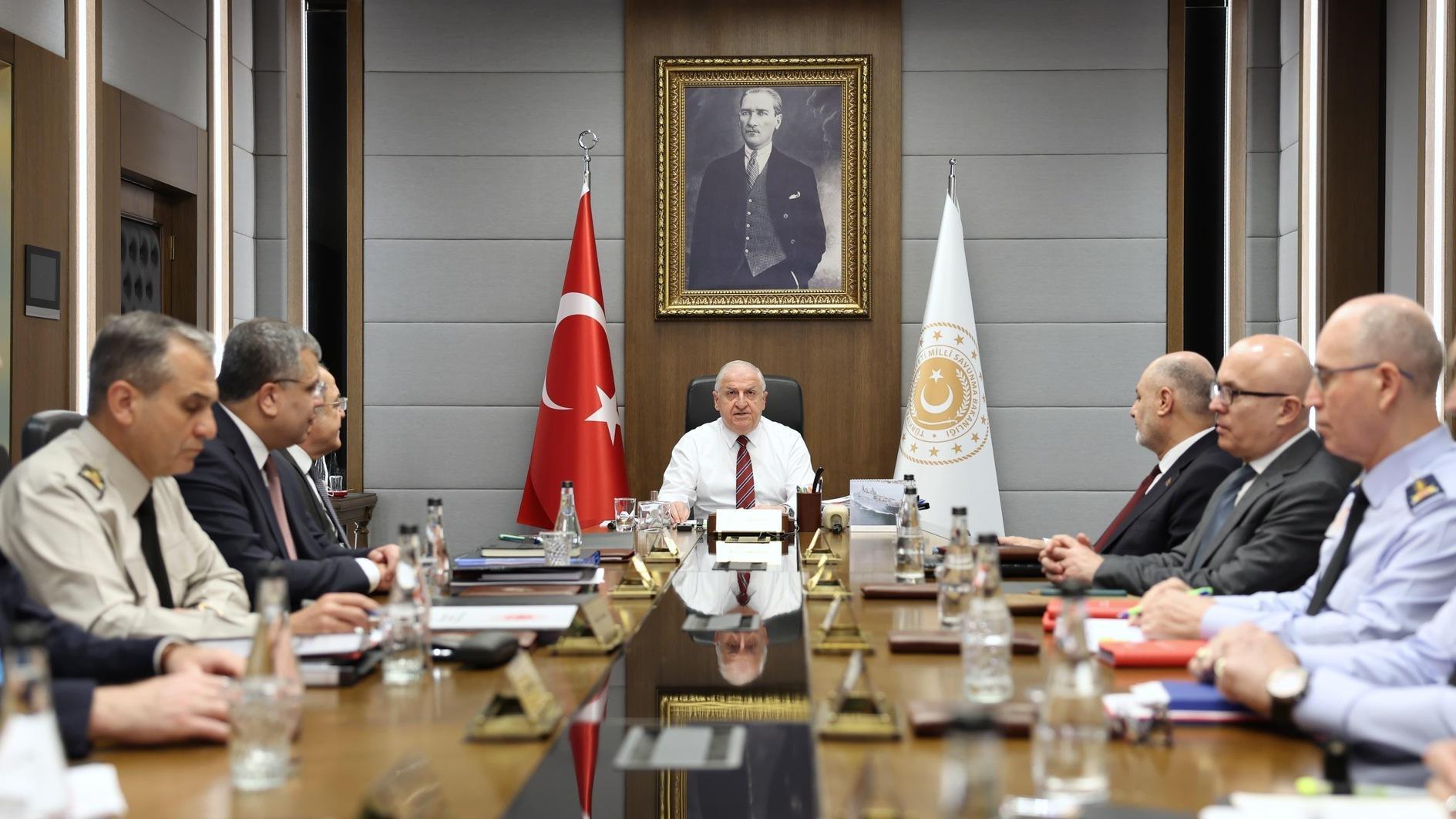President’s daughter visits Banksy’s exhibition
The other evening, at 7:30 p.m., on Kemankeş Street in Istanbul’s Karaköy district, there was a huge crowd in front of the “Global Karaköy” building.
The opening of an exhibition by the world’s most famous street artist, Banksy, was in progress. The first comers were me, as a huge Banksy fan, and daily Hürriyet writer Kanat Atkaya.
As we proceeded toward the exit, somebody whispered in my ear, “Right at this moment, Sümeyye Erdoğan [the president’s daughter] is entering the exhibition.”
The first thing that drew my attention was that there was no security ring around her. Since we are so used to security pushing people around, this situation seemed quite surprising to me.
I was also surprised to see Sümeyye Erdoğan at the exhibition of a protest street artist. Moreover, this artist is one who drew several anti-Erdoğan designs last summer on London’s streets.
She had informed beforehand that she would participate in the opening. However, after the bombing incident in Sultanahmet, the executives of the exhibition had thought, “She probably won’t come.”
I think it was a very correct and good decision. The aim of terror is to stop life in Istanbul. Even in Paris, night life has been affected.
As a matter of fact, if society wants to fight terror, these artistic events, openings and celebrations should be held instead of postponed. This is the best challenge to terror. For this reason I congratulate Sümeyye Erdoğan with all my heart.
Military regime petition
It was on May 15, 1984, when the military regime still had its grip on Turkey, when 1,383 people led by writer Aziz Nesin submitted a petition to President Kenan Evren. The same day a copy of the petition, the names and the signatures, was handed in to the First Notary of Altındağ in Ankara.
A sentence in the petition agreed to the fight against armed acts but it also said “as a state, in the fight against terror, rule of law must be respected. The existence of terror can never be an excuse for the state to resort to the same methods.”
The martial law commander imposed a media ban on the petition. The same day, Prime Minister Turgut Özal personally read some parts of the petition while answering a question from a Reuters correspondent, thereby violating the ban. The martial law commander introduced a media ban on the words of the prime minister also. The second ban was lifted on the same day after domestic and international pressures.
Those who were arrested in connection with the petition said they had used the right that was granted by Article 74 of the 1982 constitution, which is still valid in Turkey.
The 59 people who were sued were later all acquitted. Some of the signatories of this petition were among the biggest supporters of (then prime minister) President Recep Tayyip Erdoğan in the 2000s. All of them went on with their lives and their fight for democracy as honorable citizens of this country.
Baby killer
There was a blood stain on the heart of the baby wrapped in white sheets in the photo that day on daily Hürriyet. That photo recorded Abdullah Öcalan as a “baby killer” in literature.
Years have passed… Peace talks started and the phrase “baby killer” was forgotten. However, the news of the explosion in southeastern Diyarbakır on Jan. 14 reminded us of that damning phrase. The explosion killed three children living in police housing.
Now it is time for everybody to open their eyes. This attack is a declaration that the outlawed Kurdistan Workers’ Party (PKK) has officially turned into the Islamic State of Iraq and the Levant (ISIL). It has taken its place with this darkest organization in the Middle East.











